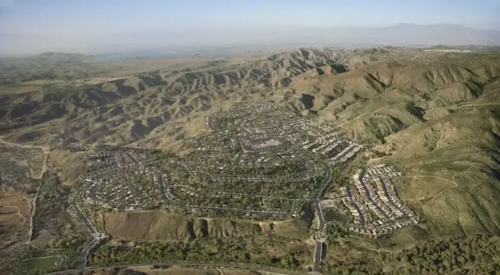|
If you think great land decisions can't happen in this market, think again. It's more than possible, and as proof we've assembled five of the best.
What makes these decisions great is that they didn't just happen. Someone had the smarts to recognize an "A" location whether it had the makings of a waterfront enclave or a commuter hub.
What's also apparent is that great land decisions take a lot of backbone nowadays. It's hard to bring a vision to life; scrap a plan and start over; sell off pieces to stay afloat; or hang tough because of a once-in-a-life opportunity.
Whatever the particulars, a great land decision is where it all starts. Here are five examples.
|












